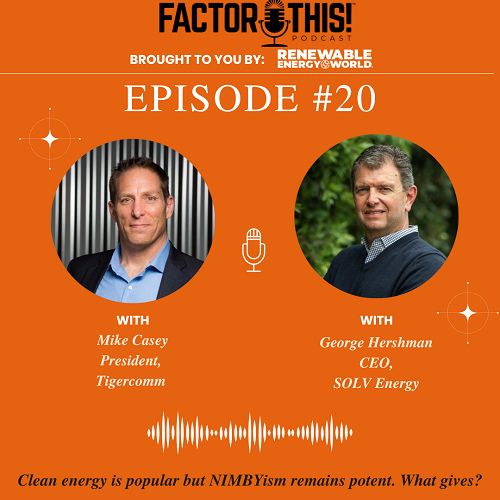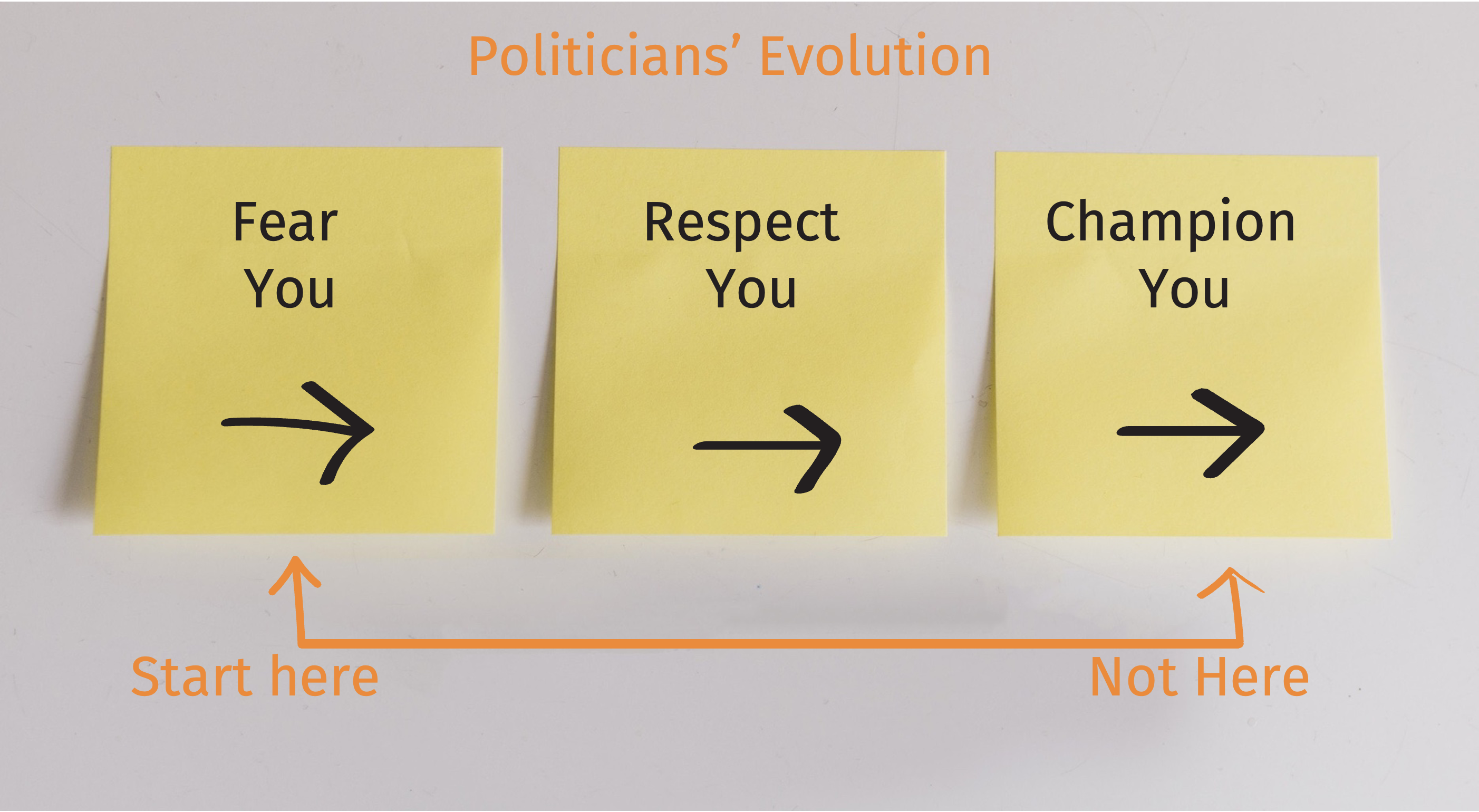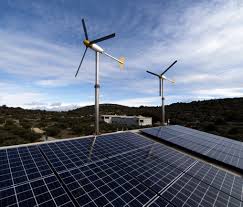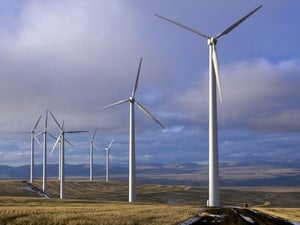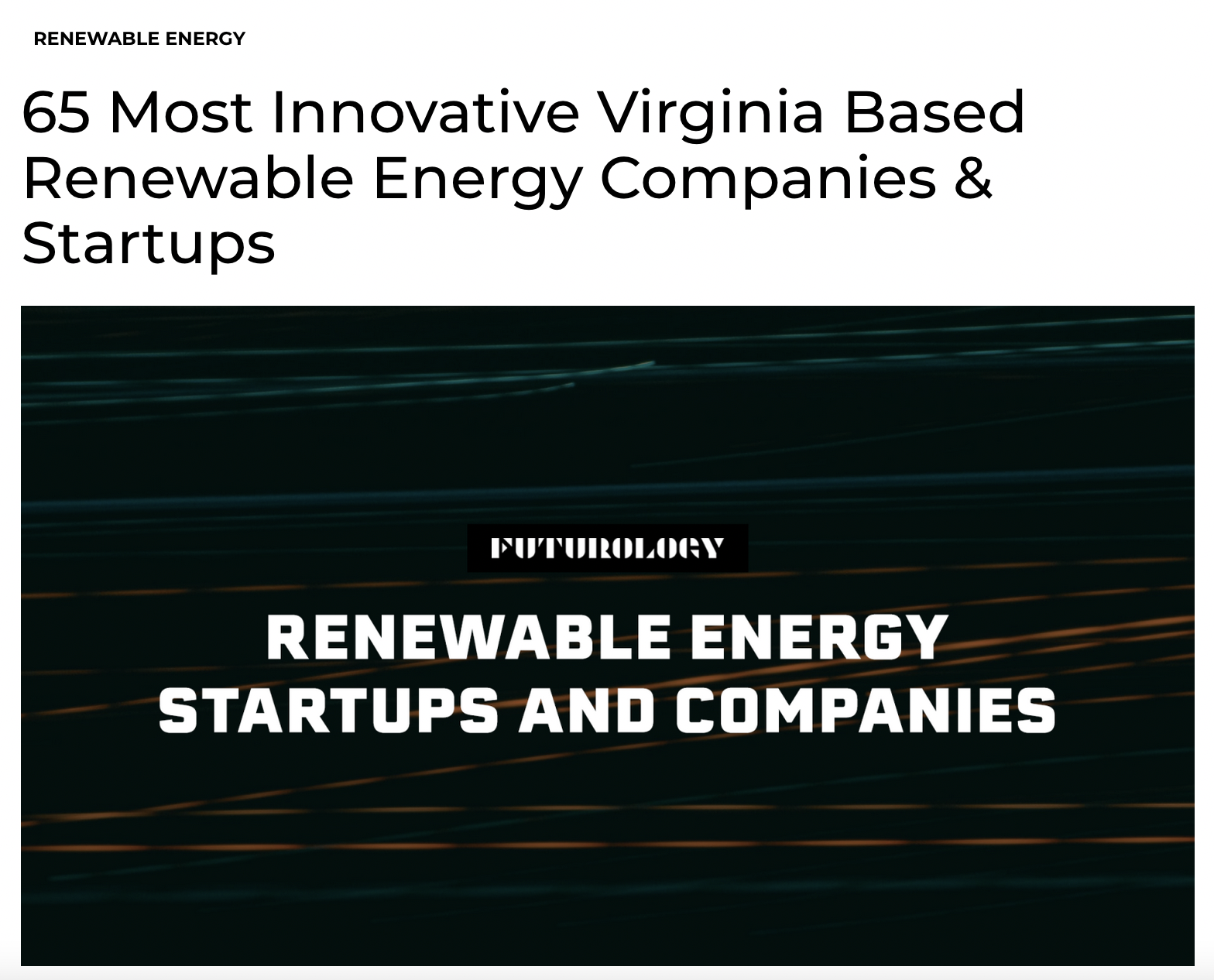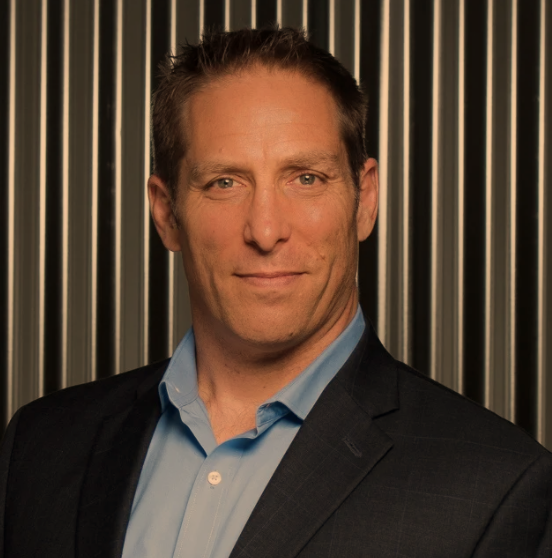Insights
We can’t say it enough: the Inflation Reduction Act is a landmark moment for our climate, and the clean economy and homeowners stand to benefit. When the bill...
Continue ReadingI got to talk with Renewable Energy World’s John Engel about our recent paper, “We’re the People We’re Waiting For,” along with SOLV Energy CEO George Hershman...
Continue ReadingZachary Shahan of CleanTechnica honored us by running our recent white paper, “We’re the people we’re waiting for,” and interviewed us for his CleanTech Talk...
Continue ReadingBefore publishing this paper, I had to change its subhead from “Angry about Joe Manchin? Take a number,” to what you read above.
Many working for the clean...
Continue ReadingClean Energy Investment - Why Corporations Are Being Drawn to the Clean Energy Market Now
Note: this article was updated in August 2022 to reflect recent changes in the industry.
The Global Clean Energy Investment Landscape
The cost of renewable...
Continue ReadingEnergy storage is a central, even crucial, component in the transition to a clean energy economy.
Continue ReadingHere’s the Latest on Offshore Renewable Energy Development Plans - Global Wind Capacity is Set to Double by 2027
This article was updated in January 2021 to reflect the most recent industry updates.
A lot is going on in the booming wind power industry these days. ...
We're honored to be mentioned as one of the 65 most innovative U.S. #cleanenergy companies that are based in Virginia by Futurology Life. That work's easier...
Continue ReadingNearly every independent analyst is forecasting that during the next three decades cleantech sectors – and solar in particular – will experience double-digit...
Continue ReadingThe launch of Canary Media is terrific news for the cleantech industry. My hat is off to Eric Wesoff, David Roberts, Jeff St. John, GTM alumni, and the entire...
Continue ReadingWe have this recent piece in Renewable Energy Magazine speculating on what clean energy trade shows and conferences will look like as the country emerges from...
Continue ReadingNat Schub and I enjoyed talking with CleanTechnica’s podcast host, Mike Barnard, to discuss the importance of the micromobility (MM) industry and our analysis...
Continue Reading
